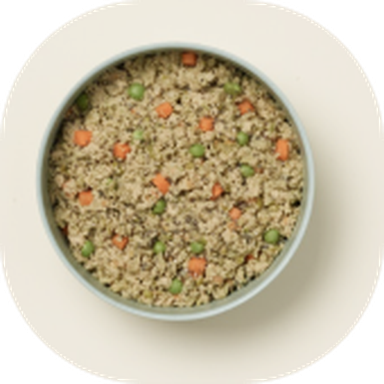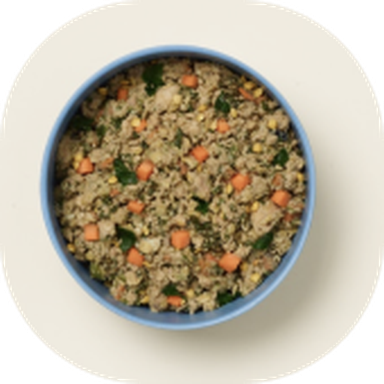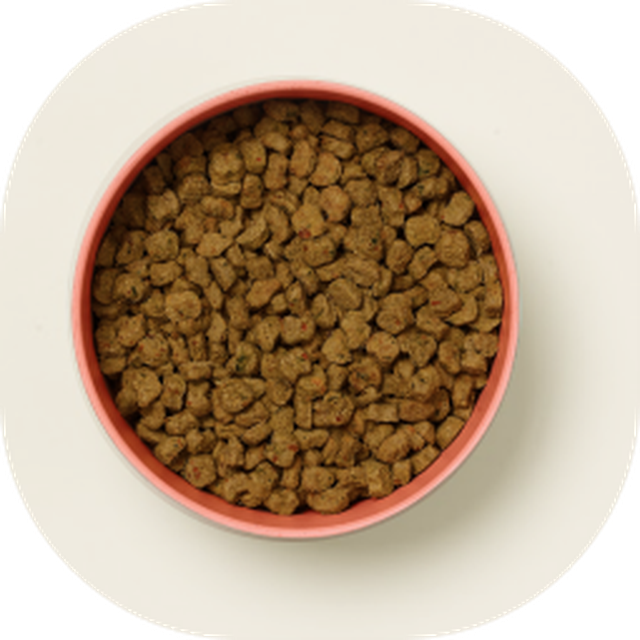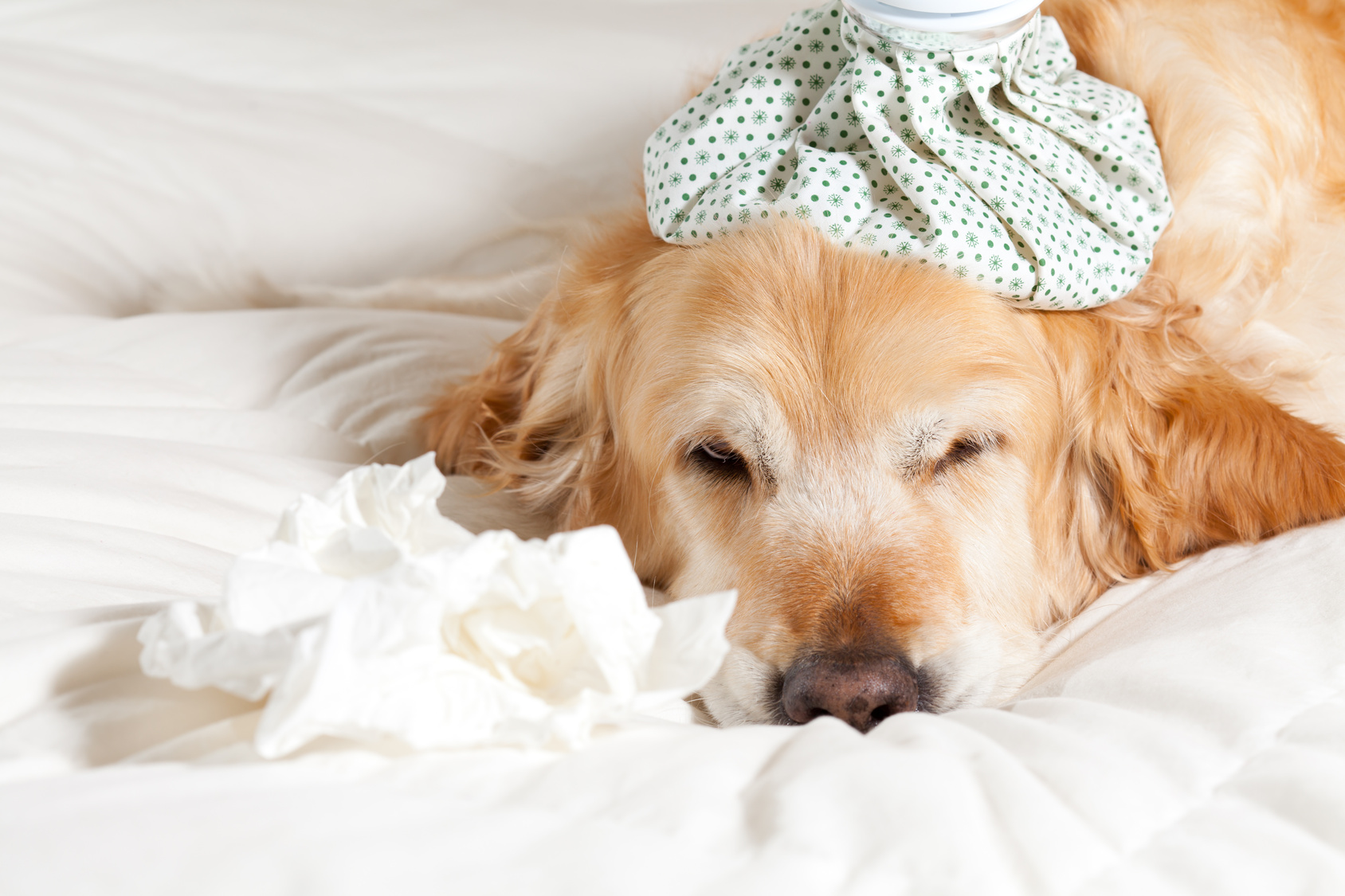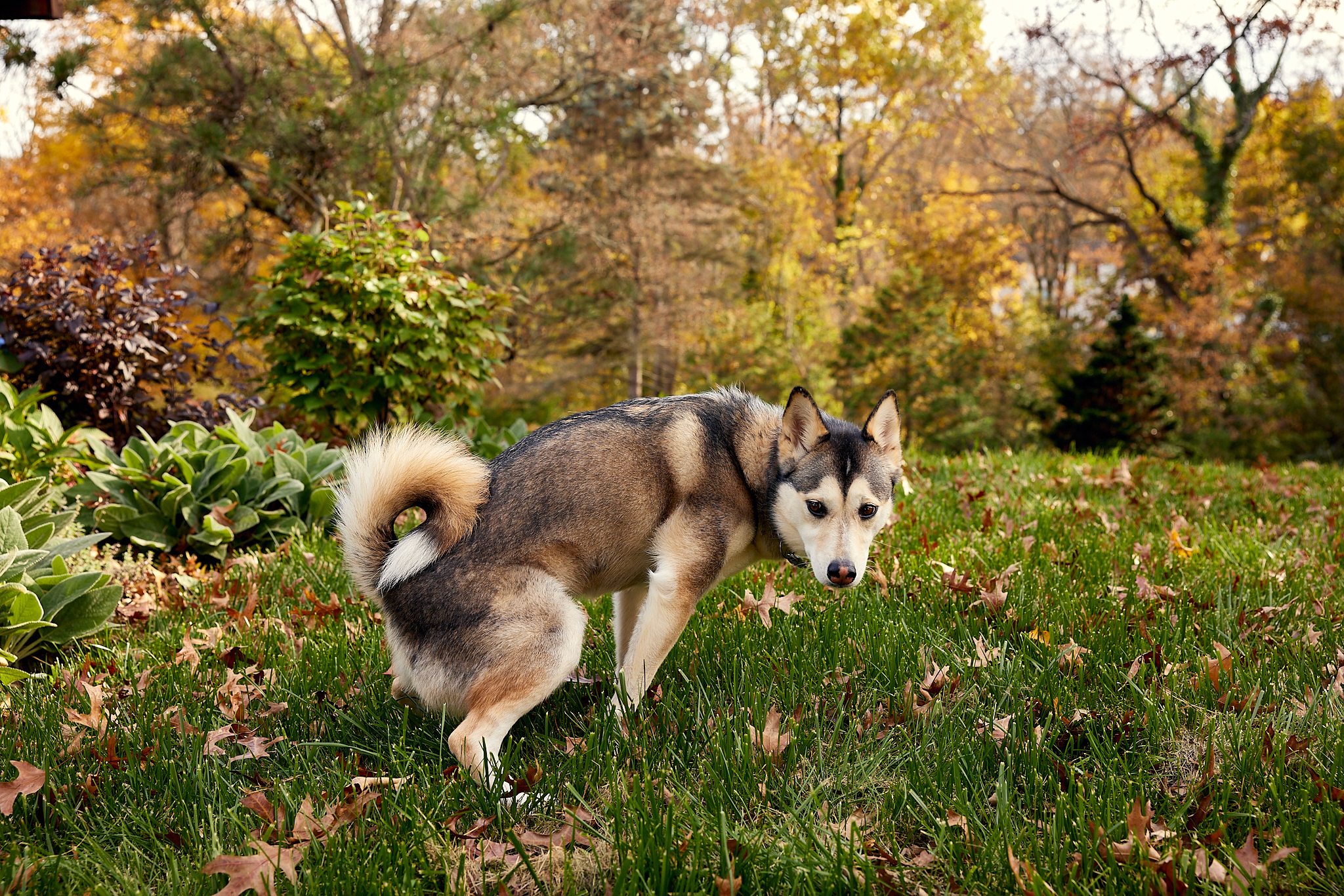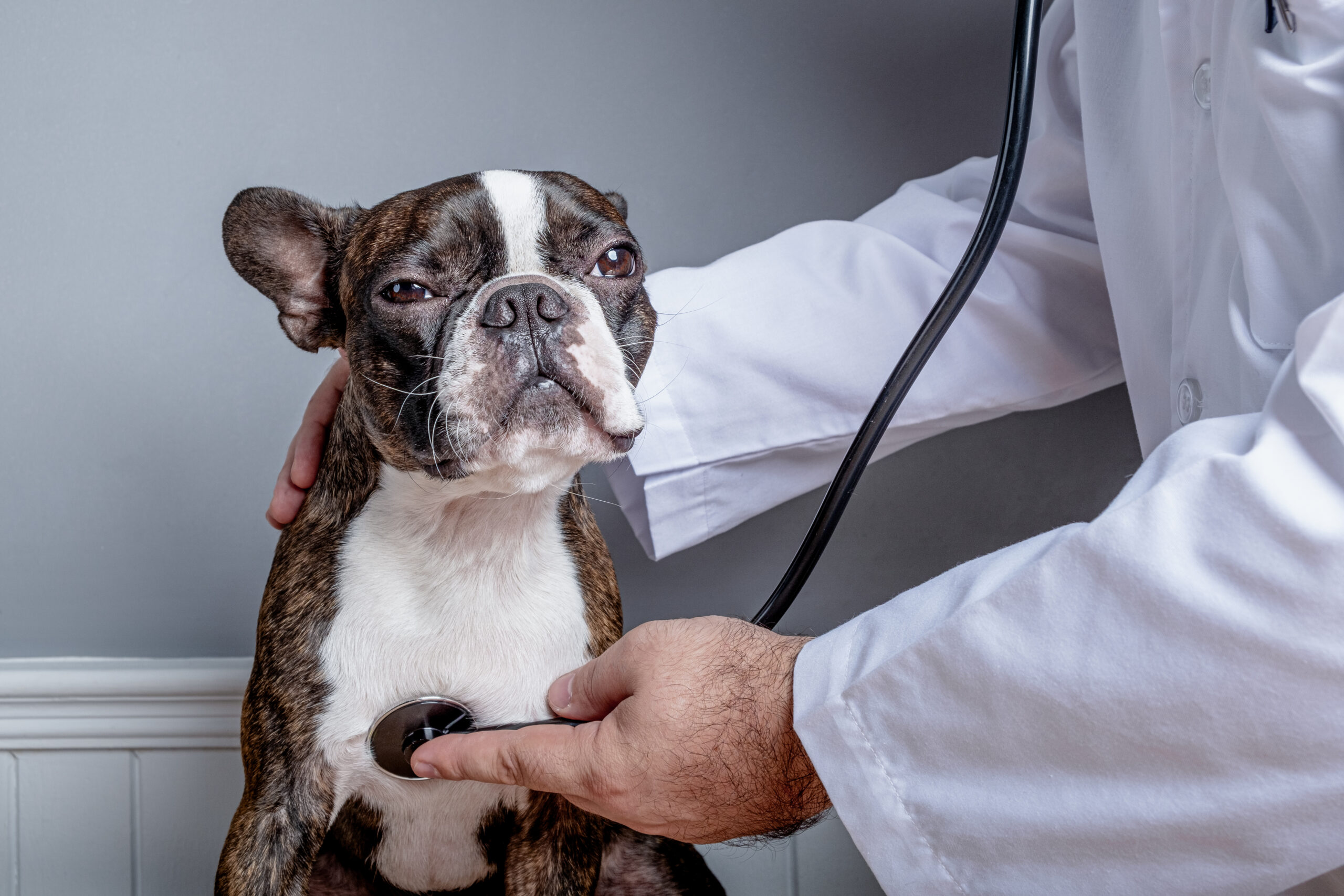Hey Ollie blog readers! We’re offering you an exclusive 60% OFF your starter box! Try now!
Fleas and ticks. The names alone cause a reflexive shudder, but it’s important to know the basics about these pests, their risks, and treatment options before you bug out and over- or under-treat your pup. Especially since the CDC recently reported that illnesses from mosquito, tick and flea bites have tripled in the U.S. over the past ten years.
First, get to know the enemies: The flea is a fair-weather foe, thriving during temperatures of 70 to 90 degrees (aka summer). Fleas themselves are not inherently harmful—their threat comes from the intestinal parasites’ eggs they tend to carry, namely tapeworms, which can cause gastrointestinal problems.
Now meet the deer tick—not to be confused with the dog tick that is relatively common and for the most part poses no risk, unless it is the black-legged tick found west of the Rocky Mountains. The deer tick is notorious for spreading Lyme disease, a debilitating and potentially fatal illness for dogs. They live in the central and eastern part of the country, wherever deer are. Use this map to see what the risk is in your area.
The risk of fleas and ticks is a continuum, and determining roughly where your dog falls on it can help you make the best choices when it comes to prevention. Sound overwhelming? We’ve done the work to help you determine your dog’s level of risk as well as the best options out there. Specifically, if…
…your dog barely leaves the comfort of your air conditioned apartment.
Dogs who spend all day inside with the AC on and only venture outdoors to attend brunch inside your bag generally are not at risk for fleas and ticks and therefore don’t need to be treated because of the cool temperature and the lack of exposure. (Of course, always consult with your vet before deciding not to treat your pup!)
…your dog is constantly romping around in tick territory.
How do you know? If there are deer around. Dogs who frequent the same outdoor areas are at significant risk, since ticks move from deer to branches/leaves/grass to dogs. Always check them after they’ve been outside and talk to your vet about chewables like Nexgard and Bravecto which can protect from ticks and fleas while killing any that are already on them. You could also consider treating your pup with a preventive topical treatment such as Advantage II or Frontline Plus. The insecticides in these treatments work systematically to kill fleas, flea eggs, and ticks. They’re generally very effective and easy to use, however, recent studies show smaller dogs might experience symptoms like seizures, rashes, and vomiting, so ask your vet what would be the safest choice for your pup.
…your dog is only in tick-ridden areas a few times during peak season
For dogs who are occasionally at risk, collars like the one from Seresto are a good option, since they can be taken on and off depending on where you are. Other collars contain an active ingredient called Amitraz, which affects the central nervous system of fleas and ticks and keeps them from burrowing and thereby infecting dogs. However, Amitraz is toxic to cats, so these collars aren’t a good fit in dog/cat households. If your dog only goes on occasional woodsy outings, sprays can help prevent pests from ever latching on, and can easily be applied before a walk (though they can cause skin irritation for humans). Chemical-free tags like this are another good option—they clip onto your dog’s regular collar and utilize your dog’s bioenergy to emit a protective shield to repel biting insects like fleas, ticks and even mosquitos.
…you’re pregnant or have small children
If you want to avoid exposure to topical chemicals (which is likely!) chewable tablets would be your best bet, they protect against fleas and ticks for twelve weeks at a time. Or you can go the all-natural route (see below.)
…your dog has a ton of canine friends and acquaintances.
Fleas are most often picked up courtesy of another furry creature—not only your dog’s pals at the dog park, but also feral animals like cats, squirrels and raccoons. Fleas enjoy hop-on-hop-off transportation all summer long, so owners of dogs who meet and greet a lot of other animals during the warm weather should consider parasite dust, a powder that is brushed into the dog’s hair, along the length of the spine. The active ingredient is neem, a highly effective natural insecticide that lasts for a very long time, basically until it’s washed away, and protects against ticks too. Bonus: it’s safe to sprinkle on bedding, carpets, outdoor furniture, etcetera, to protect your home as well.
…you want to avoid chemicals at all costs.
Essential oils such as rose geranium, lavender, neem, citronella, lemongrass, and cedar can be used in combination to repel fleas and ticks in the form of a topical treatment (usually one drop in between the shoulder blades), a diluted spray, or even a shampoo. The oils spread in your dog’s fur and give off a scent that is pleasant for dogs and humans, but terrifying for fleas and ticks. Depending on the concentration of the oil, these treatments last up to a week at a time. Or, turn a simple bandana into an effective flea collar with a few drops of those magical essential oils, some water, and a solid knot.
Other preventive strategies include keeping the grass cut short, clearing any leaf piles—you can also try introducing nematodes to your property, worm-like bugs that are natural predators of fleas but safe around dogs.
…and if you find a tick or flea
Don’t panic! Start with a simple bath: Lathering your pup with a potent yet gentle shampoo like this will start killing pests right away and sooth your dog’s itchy skin. Then you could supplement with chewable tablets to make sure any remaining eggs or larvae are killed. As an extra precaution, be sure to clean your dog’s bed, and anywhere else he spends a lot of time, to wash away flea eggs that might be lingering around. If you can, tape any tick you take off your dog onto an index card, and show it to your vet to find out if it could be carrying dangerous diseases.
Protecting your dog from fleas and ticks is something that no pet parent takes lightly. If you’re not sure about your own dog’s level of risk or the best prevention options for your specific pet, don’t hesitate to call or visit your vet.
The Ollie blog is devoted to helping pet parents lead healthier lives with their pups. If you want to learn more about our fresh, human-grade food, check out MyOllie.com.
Tagged As:

The nutrition your dog needs,
the food they want.

Enjoying our articles? Subscribe our Newsletters and get new articles directly to your inbox
You might also like
28 February 2024
6 MINS READ
Why Do Dogs Eat Poop & How to Stop It
Does your dog partake in poop? We get to the bottom of this unusual behavior, including its medical and behavioral causes, and how to address it.
by Ollie Pets
30 August 2023
6 MINS READ
Dog Diarrhea: How to Prevent and Resolve
Dog diarrhea is distressing for pups and their owners. Understanding common diarrhea causes can help you respond quickly and effectively to your pup’s intestinal issues.
7 July 2023
7 MINS READ
Dilated Cardiomyopathy in Dogs: Signs, Treatment & More
Can dog food really lead to heart issues? We sort through the confusion and share expert information about dilated cardiomyopathy in dogs.

